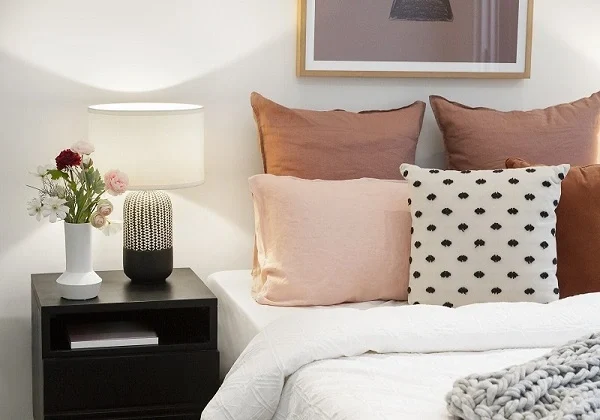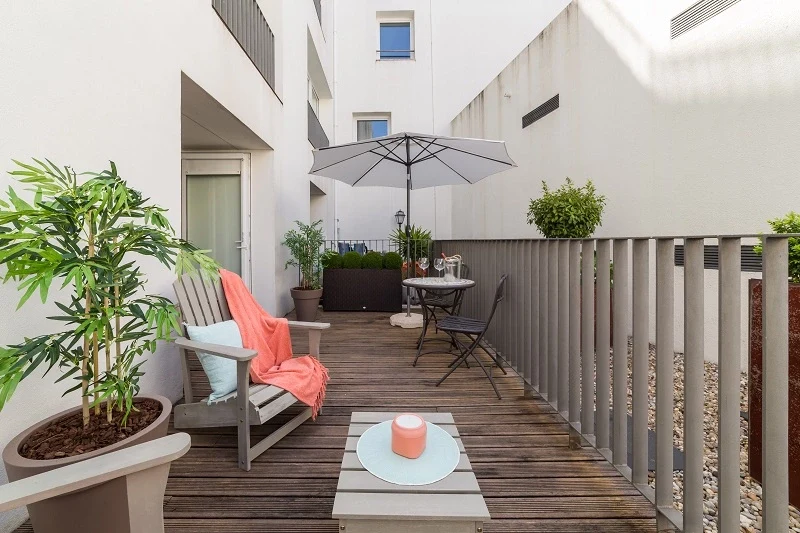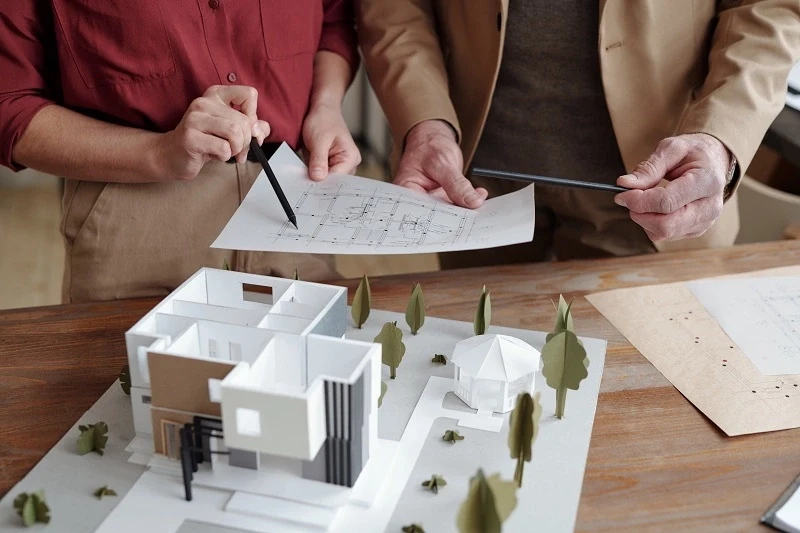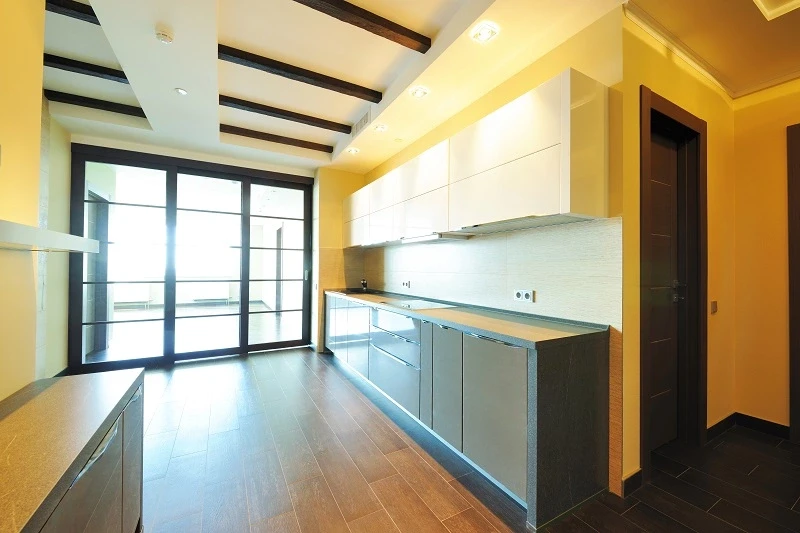What are the Types of Payment Plans in Real Estate?

Buying a house is a big decision that needs to be carefully planned taking into consideration not only your monthly expenses, but also medical expenses, retirement savings, children’s education and other unexpected costs that may be part of a bigger picture. With only one to two earning members shouldering the responsibility of an entire household and the increasing expenses in today’s times, at most times the decision to buy a house is shelved. Developers these days have understood these predicaments and thus have devised payment plans that help ease the financial burden for prospective home buyers, giving them a reason to buy the house that they desire seamlessly and easily.
Understanding the different payment plans is important to pick the one that is best suited for you and your financial risk appetite. While there are many tailored payment plan options available today, some commonly offered payment plans do prevail.
20:80 SUBVENTION PLAN
- Under this plan, a developer will ask you to pay 20% as upfront payment and arrange for the remaining 80% loan amount through their own arrangement with the bank or financial institution. Here, it is a tripartite agreement between the bank or financial institution, the developer and you, the home buyer.
- It is important to understand that here the pre-EMIs paid by the builder on behalf of you are only on the interest and have no implications on the principal amount. The EMIs that you will pay post possession will thus include the entire loan amount.
- The 20:80 Subvention Plan usually includes a higher sq. ft. price quoted by the developer. Be mindful of the same and also the clause that bars exit from the investment till possession.
- Higher or lower upfront payments by you can also change the dynamics of the deal and the payment schedule. For example, a higher upfront payment will lower the price per sq. ft., but may cause you short-term liquidity constraints. Take into consideration all aspects of the scheme before falling in the trap of incomplete knowledge.
10:90 PAYMENT PLAN
- A slight variation of the above 20:80 Subvention Plan is the 10:90 Plan. Here, the home buyer pays 10% initially and the remaining 90% on possession of the house.
- In this plan too, there is a direct arrangement between the developer, bank or financial institution and you i.e. the home buyer. The percentage payments in the plan are also modified by some builders to bring in the factor of convenience for the home buyers.
- Today, fewer banks or financial institutions offer the Subvention Schemes and in case they do, they are structured, in the sense that the payment to the developer is made according to the progress of the construction.
DOWN PAYMENT PLAN (DPP)
- According to the traditional Down Payment Plan, you will have to pay 10 to 15% of the total value at the time of booking and another 80 to 90% within a certain time frame, which is not necessarily, but usually between 45 to 60 days.
- The balance amount, approved by the developer, will need to be paid at the time of possession. Here, the remaining amount most commonly includes the balance amount of the property cost, the stamp duty and registration fees, property tax, maintenance charges along with any other charges.
- There are certain benefits as well as drawbacks associated with this plan. For instance, on one hand you can avail a healthy discount of 8 to 10% with by paying the money upfront to the builder; on the other hand there can be an associated risk due to delay in construction and delivery on the part of the developer.
TIME LINKED PLAN (TLP)
- With the Time Linked Plan, you are required to pay your property instalments based on a pre-set timetable that is decided by the builder, irrespective of the progress of the construction.
- The benefit of the Time Linked Plan is that the developer might proactively offer an 8 to 10% discount, if you agree to pay as per the TLP. However, there is a risk involved at your end, as you are bound to pay the instalment even if there is a construction delay.
- This plan is not so popular these days, though some developers still prefer the same for various reasons.
CONSTRUCTION LINKED PLAN (CLP)
- As the name suggests, in the Construction Linked Plan or Possession Linked Plan, you will be required to pay upfront a booking amount, which is usually 10 to 15% of the purchase price. The amount that is remaining is linked to the construction milestones and range between about 5 to 10% for each floor constructed.
- The milestones and the associated payment values are pre-decided by the developer and are mutually agreed upon by both the parties.
- It is important to note that in the Construction Linked Plan or Possession Linked Plan, you are not likely to get a discount and also the cost can get much higher in terms of the interest paid to the bank of financial institution since the plan has a longer tenure.
- However, one of the main benefits of this plan is that it carries the least risk for you as the payment is not timed as per dates, but is completely linked to the progress of the construction.
- Also, the developer in his or her own interests will want to complete the construction on time in order to keep the cash flow consistent.
FLEXI PAYMENT PLAN (FPP)
- A combination of the Down Payment Plan and the Construction Linked Plan, the Flexi Payment Plan requires you to pay almost 50% of the total amount by the time the construction begins.
- More popular for properties that have just been launched, the amount can be paid between 3 to 6 months from the booking time, and the rest can be paid as the construction progresses.
- The advantage of this plan is that since you are paying almost half the amount upfront, the developer usually offers you a good discount on the basic cost of the property, which certainly is beneficial.
- The disadvantage, especially in the case of new launches is that, in the scenario that the project is stalled or discontinued; it can become a difficult and time-taking process to recover the invested money. Also, with the Flexi Payment Plan you will pay interest for almost 50% of the amount from the first year itself, which is certainly costlier than the Construction Linked Plan.
REAL ESTATE SYSTEMATIC INVESTMENT PLAN (SIP)
- Like all other sectors, the Real Estate Market is also evolving and with it has come a new variant in the payment plans. The Real Estate Systematic Investment Plan (SIP), which is meant for mid-segment housing projects that includes properties in the range of Rs.60 to Rs. 80 lakhs, involves the developer creating the house purchase payments in the form of a SIP.
- Here, at the beginning of each year, you will pay a lump sum amount and the rest will be converted to monthly equated payments similar to SIPs.
- This payment plan is well suited for buyers who do not want to opt for a home loan and are confident of their paying capacity in a flexible monthly manner.
The payment plans shared here offer a variety of options, but deciding on one that works for you depends on your situation and the funds available at your disposal. While selecting a payment plan, it is important to read the associated documents carefully, understand the points listed in fine print and then make a decision. In case you have doubts, consult an expert who will help you understand the agreement better and be rest assured.









Ask a Question